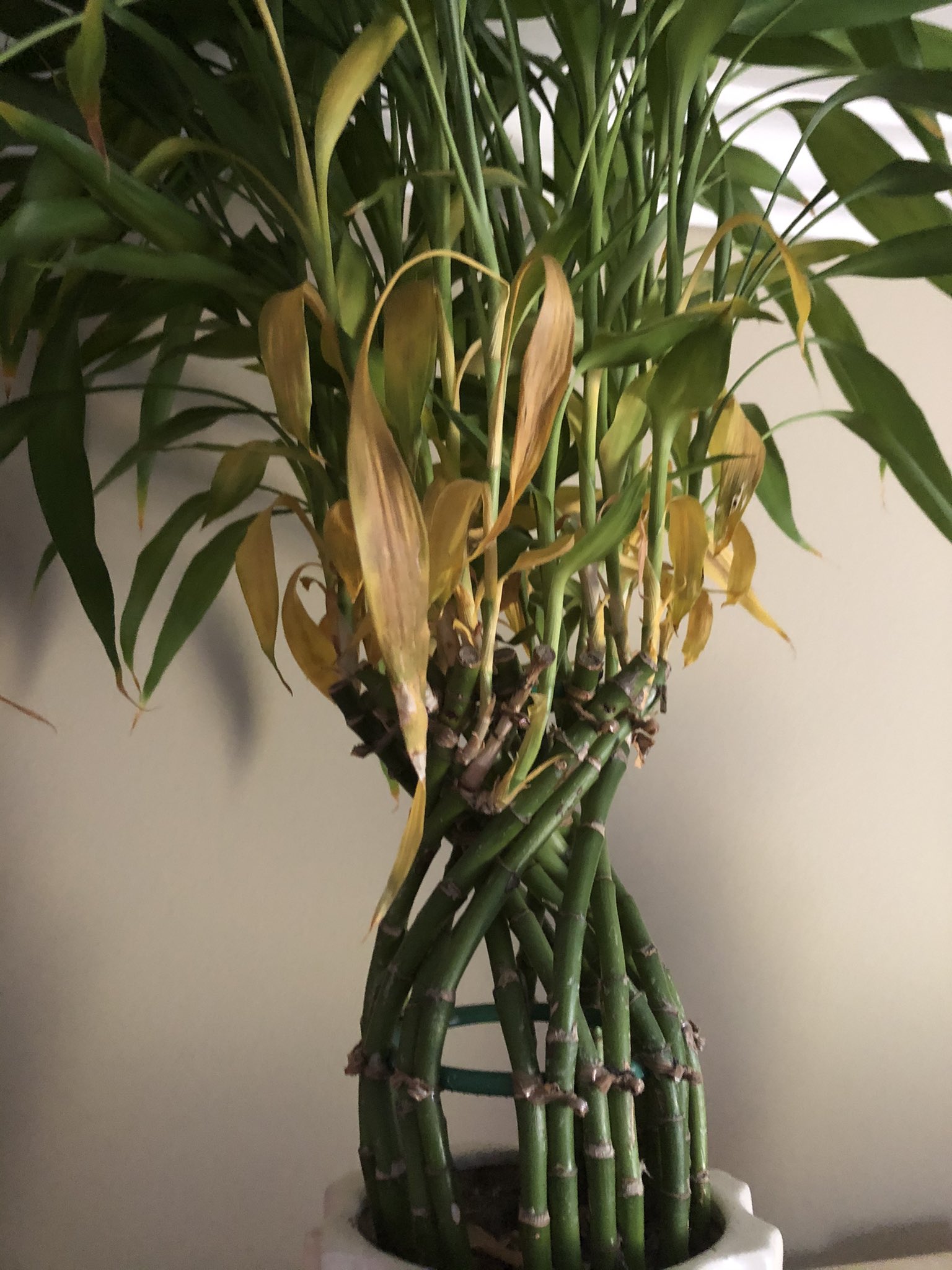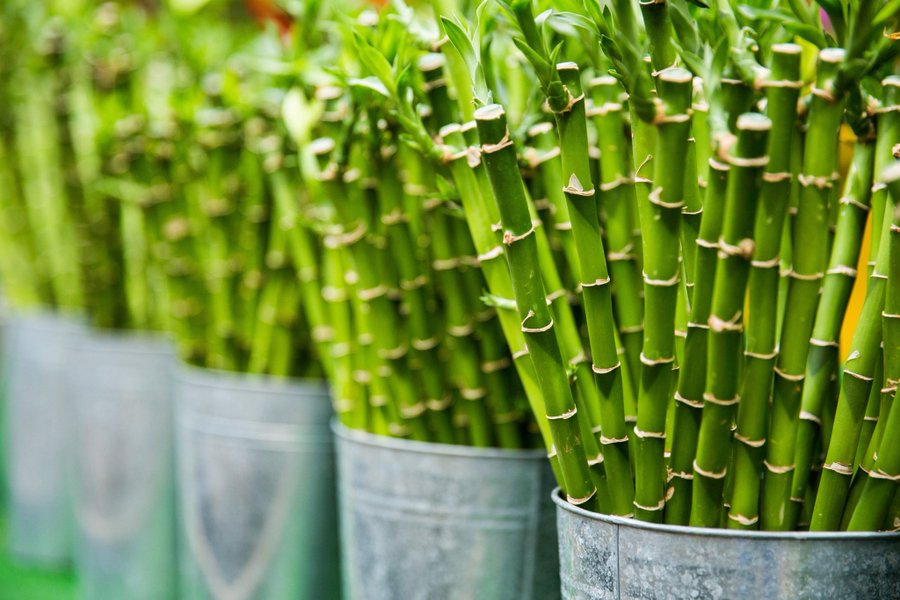Lucky bamboo, with its vibrant green stalks and air purification properties, is a popular choice for indoor gardeners. But cat owners, beware! Is lucky bamboo toxic to cats? The answer, unfortunately, is yes. While this aesthetically pleasing plant adds a touch of serenity to a home, its presence can pose a threat to curious felines.
 |
| Keeping Your Feline Friend and Your Zen Garden Safe |
Lucky bamboo, scientifically known as Dracaena sanderiana, contains saponins. These compounds can irritate a cat's mouth and stomach, leading to unpleasant experiences like vomiting, diarrhoea, and drooling. In severe cases, ingestion can cause difficulty breathing or even coma.
So, what can a cat owner who appreciates the beauty of lucky bamboo do? Don't despair! Here are some preventative measures to ensure both your feline friend's safety and the enjoyment of your leafy companion:
-
Placement is Key: Location is everything. Keep your lucky bamboo in a spot that's off-limits to your cat. Shelves, high plant stands, or hanging baskets create a beautiful display while keeping the plant out of reach.
-
Creative Deterrence: For stubborn climbers, consider using a plant-repellent spray formulated specifically for cats. Choose a product with natural ingredients to ensure your cat's safety.
-
Embrace Cat-Friendly Alternatives: The world of houseplants offers a variety of cat-safe options. Spider plants, air ferns, bromeliads, and ponytail palms provide a touch of greenery without the worry.
By following these simple tips, you can create a harmonious home environment where both your cat and your lucky bamboo can thrive. Remember, a little planning goes a long way in ensuring the safety of your furry companion while still allowing you to enjoy the beauty of this unique plant.




.png)

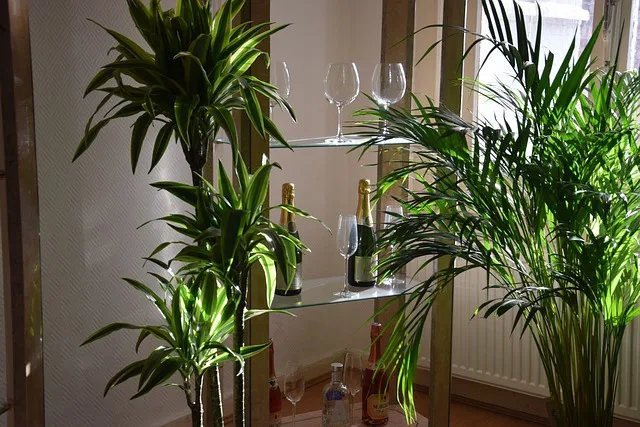
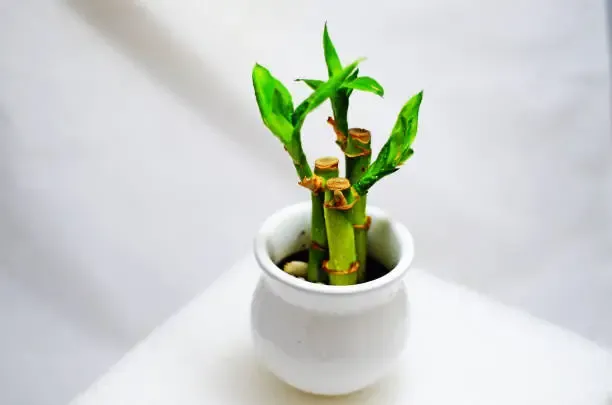
.png)
.png)
.png)
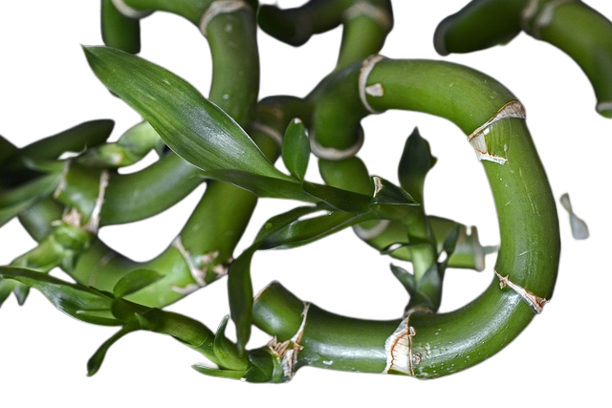
.png)
.png)
